Suncheon is a city renowned for its stunning natural landscapes and rich cultural heritage. Situated 4-5 hours south of Seoul, Suncheon offers a tranquil retreat from the hustle and bustle of urban life. Known as the ecological capital of South Korea, this charming city promises a delightful blend of picturesque scenery and historical landmarks, making it an ideal destination for nature lovers and history buffs alike.
Fascinating Facts About Suncheon:- Suncheon is home to the Suncheon Bay Ecological Park, one of the world’s top five coastal wetlands. The city has earned accolades for its environmental conservation efforts, particularly its successful hosting of the 2013 Suncheon Bay Garden Expo. Suncheon is also part of the UNESCO World Network of Biosphere Reserves, reflecting its commitment to sustainable development and biodiversity.
Visit Suncheon Bay:- Suncheon Bay is an expansive coastal wetland known for its breathtaking beauty and ecological significance. The bay is home to a variety of bird species, making it a haven for birdwatchers. Visitors can stroll along the wooden boardwalks that wind through the reeds, providing stunning views of the mudflats and tidal flats. The serene environment and diverse wildlife make Suncheon Bay a must-visit destination for nature enthusiasts.
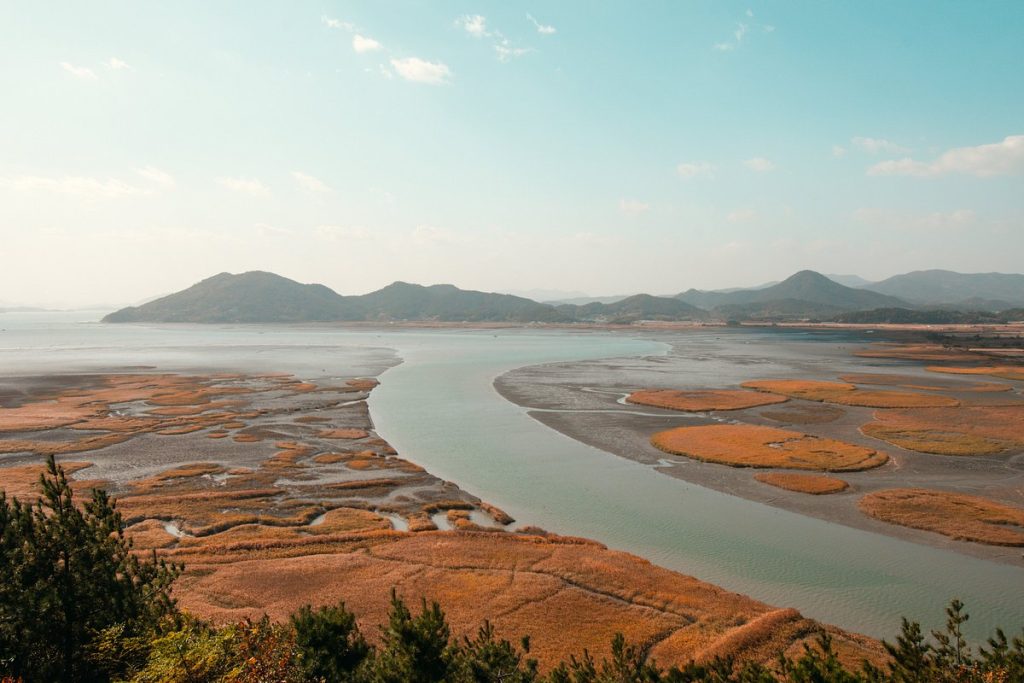
Suncheon Bay Garden:– Adjacent to Suncheon Bay, the Suncheon Bay National Garden is a vast botanical garden showcasing flora from around the world. The garden is divided into various themed sections, including a traditional Korean garden, a European garden, and a Wetland Center. Each section offers unique landscapes and plant species, providing a feast for the eyes. The garden is a popular spot for leisurely walks, picnics, and photography, especially during the spring and autumn seasons.

Seonamsa Temple:- Seonamsa Temple, located on the slopes of Jogyesan Mountain, is a serene Buddhist temple with a history dating back over a thousand years. The temple is known for its beautiful stone bridges, tranquil ponds, and ancient trees. Visitors can explore the temple’s well-preserved halls and pavilions, meditate in its peaceful surroundings, and enjoy the scenic mountain views. The temple is particularly enchanting during the autumn when the foliage transforms into vibrant hues.
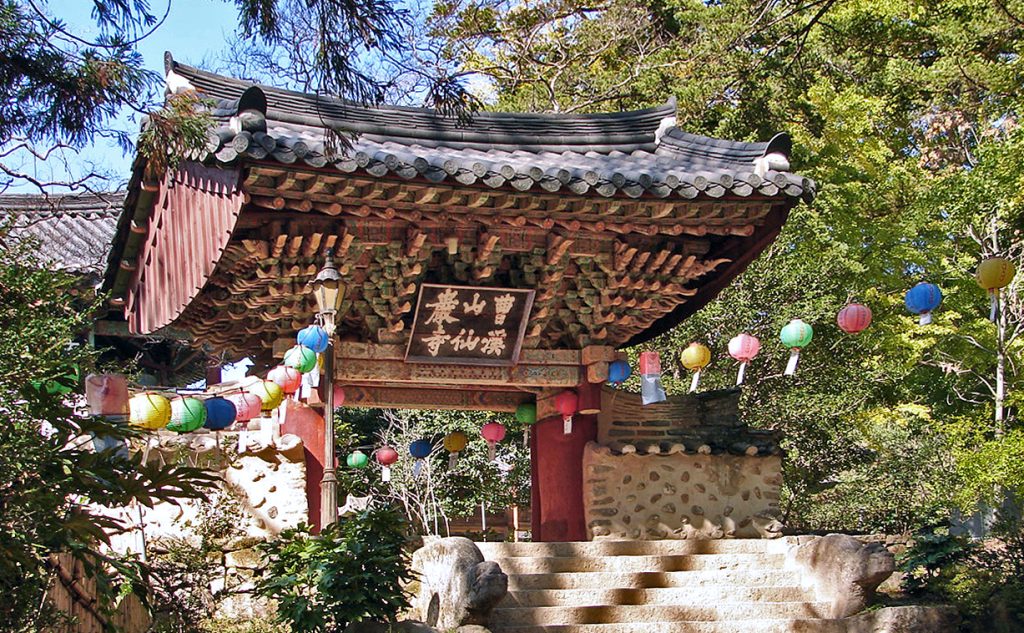
Songgwangsa Temple:- Another historical gem, Songgwangsa Temple, is one of Korea’s three jewel temples, representing the Buddhist community. Nestled in a remote valley, the temple is renowned for its spiritual significance and picturesque setting. Visitors can participate in temple stay programs, offering a unique opportunity to experience monastic life. The temple’s tranquil atmosphere, coupled with its architectural beauty, makes it a perfect place for reflection and spiritual retreat.

Nageupseong Folk Village:- Step back in time at Nageupseong Folk Village, a well-preserved Joseon Dynasty fortress village. The village features traditional thatched-roof houses, stone walls, and narrow alleys, offering a glimpse into Korea’s past. Visitors can explore the village, interact with local residents, and learn about traditional Korean culture and crafts. The village often hosts cultural festivals and events, providing an immersive cultural experience.

Suncheon Mudflats:- The Suncheon Mudflats are part of the city’s rich ecological tapestry, offering unique landscapes and biodiversity. These mudflats are vital for migratory birds and marine life, making them an important ecological site. Visitors can walk along designated paths and observation decks to appreciate the natural beauty and wildlife. The mudflats provide an excellent opportunity for eco-tourism and environmental education.
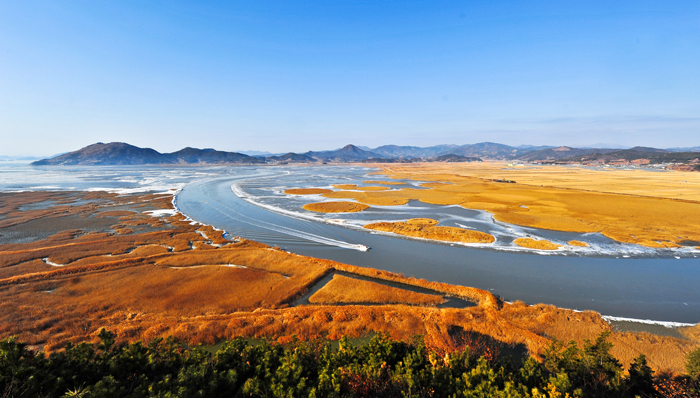
Suncheon is a city that beautifully combines natural splendor with cultural heritage. From its lush gardens and serene temples to its historic villages and vibrant mudflats, Suncheon offers a diverse range of attractions that cater to all interests. The best time to visit Suncheon is during the spring (April to June) and autumn (September to November) when the weather is pleasant, and the natural scenery is at its peak.

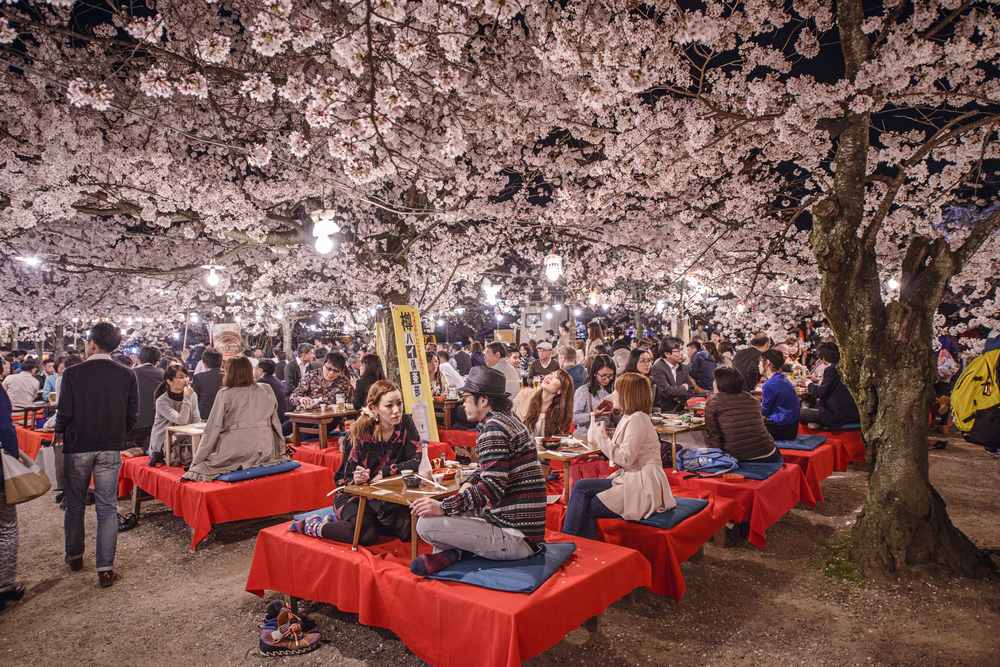

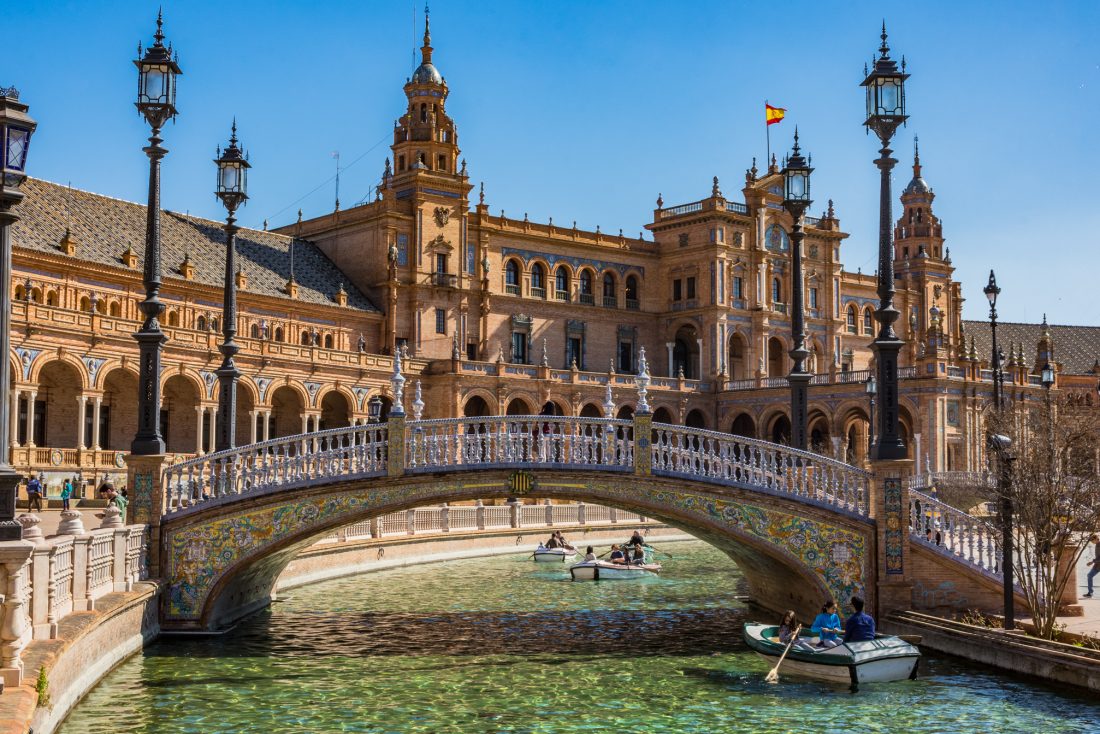
No Comments